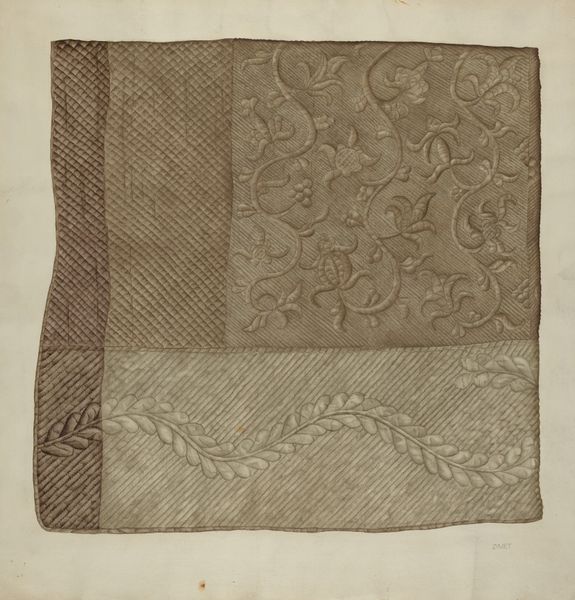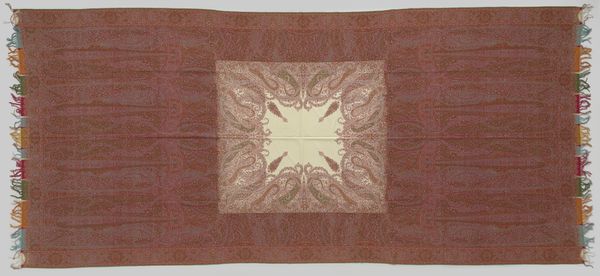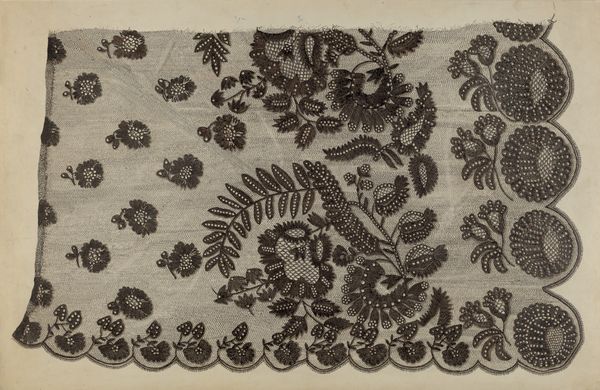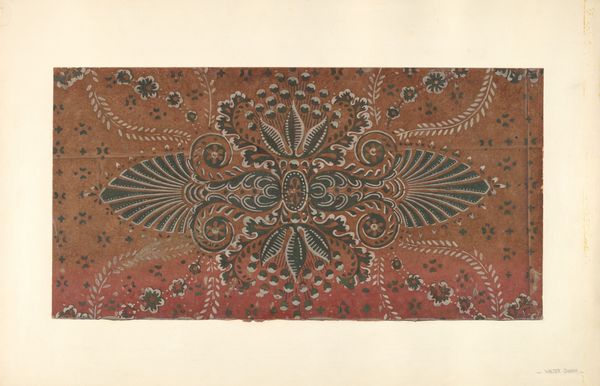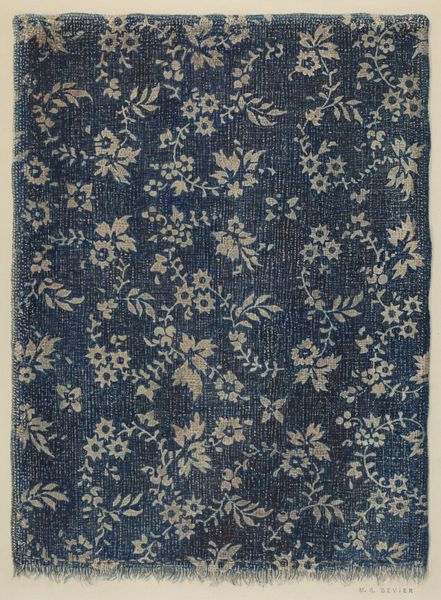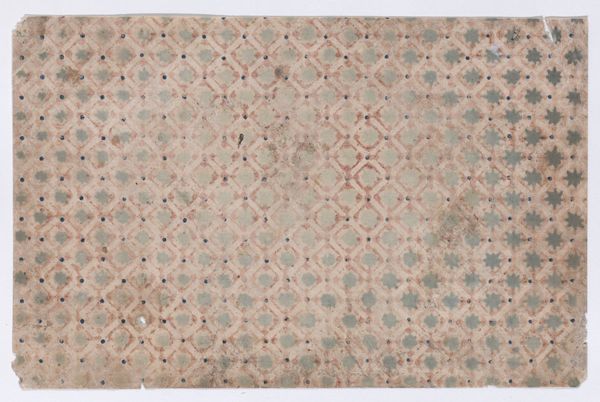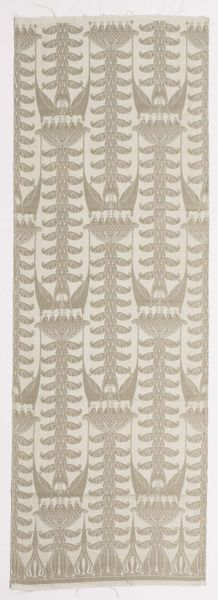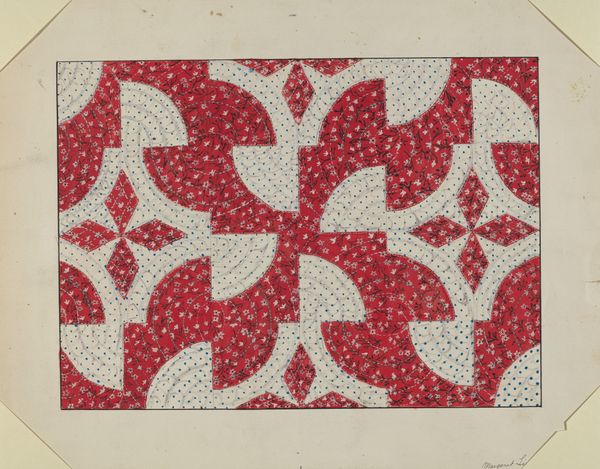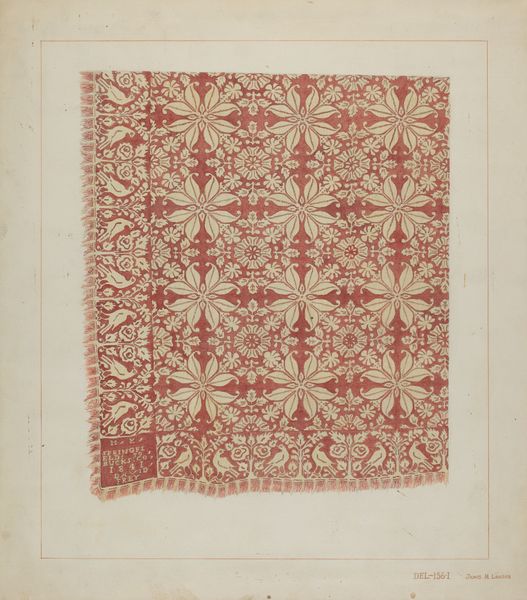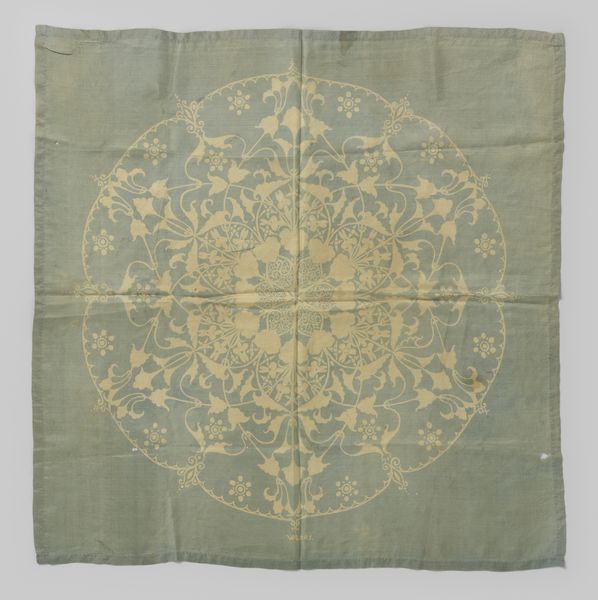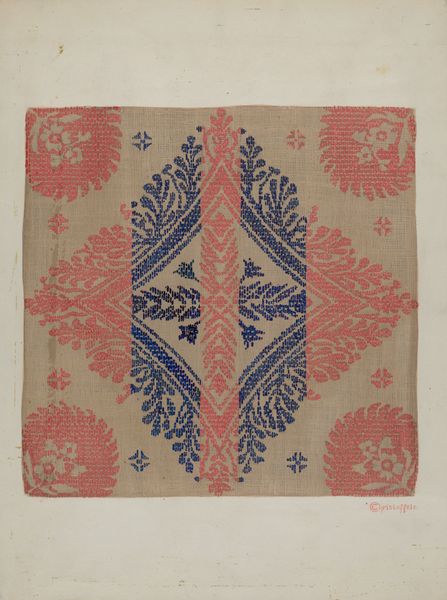
print, paper
#
pattern-and-decoration
# print
#
paper
#
feminist-art
Dimensions: overall: 46 x 60.3 cm (18 1/8 x 23 3/4 in.)
Copyright: National Gallery of Art: CC0 1.0
Editor: This is Miriam Schapiro’s "Anonymous Was a Woman VIII" from 1977, a mixed-media collage, print and textile work. There’s something quietly powerful about this piece – a sense of untold stories embedded in the domestic craft of lace making. How do you interpret this work, knowing Schapiro was a key figure in the Pattern and Decoration movement? Curator: Knowing the context is key. The Pattern and Decoration movement was, in many ways, a direct response to the male-dominated minimalist art scene. Schapiro, along with other female artists, sought to elevate the "decorative," which was often associated with the feminine and deemed less important. This piece reclaims textile traditions, explicitly giving voice and visibility to those who have historically remained unnamed, unacknowledged. Editor: So, the "anonymous woman" isn't just a title, it’s a statement? Curator: Absolutely. The work’s power lies in this tension between anonymity and assertion. By utilizing traditional craft techniques like textile and collage, Schapiro acknowledges the skills and labor of countless women whose contributions have been overlooked by patriarchal art history. What do you notice about the visual structure of the work, now, understanding this historical intention? Editor: It's less about the specific pattern, and more about how the pattern acts as a record or residue of women's labor. It also strikes me that the 'anonymous' label takes on new weight – it’s a political act of defiance against the silencing of female creativity. Curator: Precisely. Schapiro uses what has been culturally coded as domestic and feminine to challenge dominant narratives and demand recognition for women’s artistry and lived experiences. This act of historical recovery transforms craft into a powerful medium for feminist expression. Editor: I see it now. This isn't just pretty decoration; it’s a potent claim of artistic and social space. Curator: Exactly, Miriam Schapiro reframes the terms through which we value artistic practice, placing gender, labor, and cultural critique front and center. Editor: Thanks. I will now see Schapiro's piece with new eyes!
Comments
No comments
Be the first to comment and join the conversation on the ultimate creative platform.
